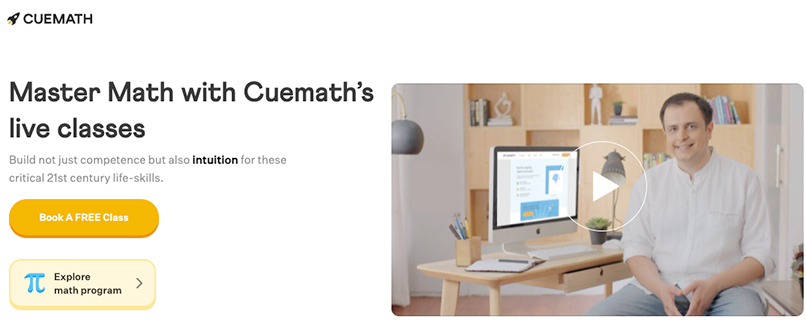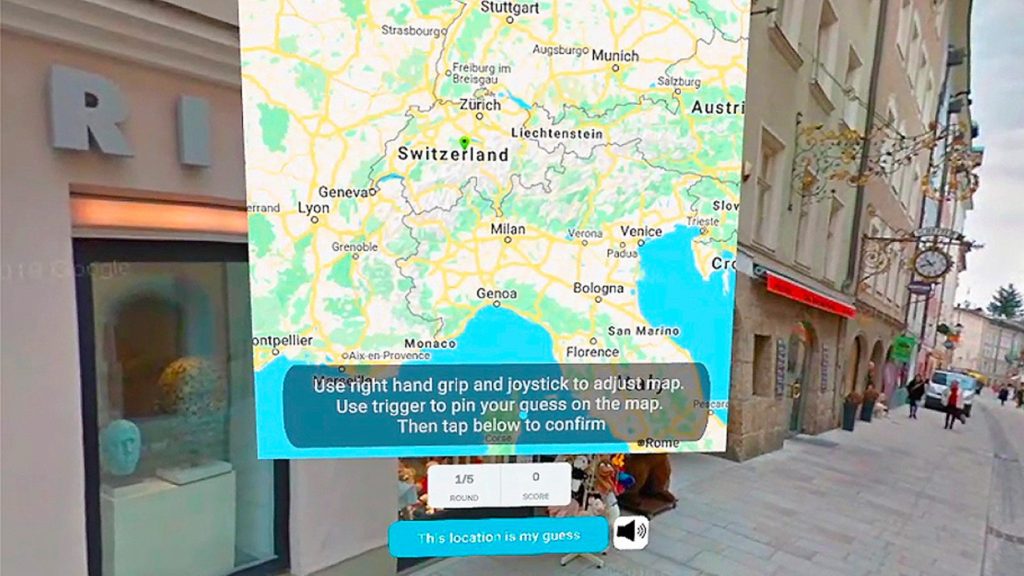Math worksheets for the learning process — from intelligenthq.com
Excerpt:
If you want to master the subject of mathematics, constant practice of various topics is a must. To ensure that you have the proper grasp of all the topics of the subject, solving worksheets for math is one of the best techniques. Worksheets for math facilitate the stepwise mechanism which enhances the learning process and helps students identify their mistakes. Once they can recognize what their mistakes are, they can work on improving them. Worksheets for math also have visual problems that help in the visualization process of students and make their analyzing and strategic capability high. Take worksheets for math from Cuemath and excel in math.
Also see:
Also relevant/see:
In New Math Proofs, Artificial Intelligence Plays to Win — from quantamagazine.org; with thanks to Alec Lazarescu on Twitter for this resource
A new computer program fashioned after artificial intelligence systems like AlphaGo has solved several open problems in combinatorics and graph theory.











